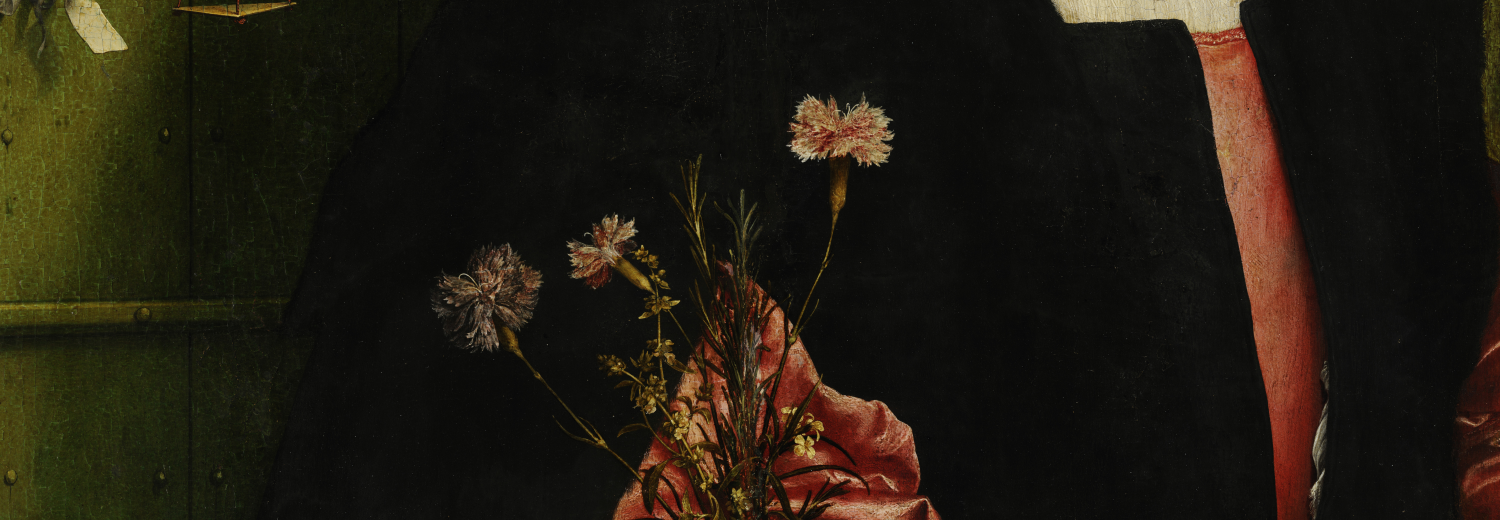Carlo Taviani: 'Machiavelli and the Chimera. Financial Bubbles in Early Eighteenth Century France.'
Justyna Wubs-MrozewiczIn the following presentation, Carlo Taviani took us on a tour through the centuries and from the USA to the Black Sea, demonstrating how the history used in conflict can itself be conflicted. In 1716, Scottish Economist John Law convinced the French government of a financial scheme, which – in short – intended to have the French public debt absorbed by the Mississippi Company in the French oversea-colonies of Louisiana.
Yet, even before the Mississippi bubble burst in 1720 and collapsed the French economy, it had become the goal of criticism. In a pamphlet, Daniel Defoe had depicted it as a chimera – only a dream – and it is the ensuing conflict between him and John Law which Taviani presented to us. For Law defended himself by pointing towards a historical example. It was, he claimed, Machiavelli’s description of the Casa di San Giorgio (or Bank of St George), in his Florentine Histories VIII, 29, which had served him as a very real template since the bank also transformed public debt’s shares into shares of a sort of corporation. Indeed, in the archives of Genoa, Taviani found that John Law invested in and studied the Casa di San Giorgio which still existed in the 18th century.
As many of the subsequent business corporations (such as the Dutch and British East India Companies) the Italian bank not only was a financial institute but also owned territory, minted coins, and owned fortresses. In Machiavelli’s account, therefore, the citizens of Genoa turned towards the bank and weakened the government it was supposed to support. Taviani points out that the historical example of the Bank of St George was often used as an argument in several conflictive financial and political situations, for instance against the foundation of national banks in Britain and the Early American Republic, and in support of the Dutch East India Company’s foundation (1602).
Carlo Taviani works at the University of Zürich and is a visiting scholar at the DHI in Rome.
Research and contact: http://dhi-roma.it/taviani.html; https://www.hist.uzh.ch/de/fachbereiche/neuzeit/lehrstuehle/zaugg/team/Carlo-Taviani.html
See also the forthcoming book: The Making of the Modern Corporation. The Casa di San Giorgio and its Legacy (1446-1720) (London, Routledge 2022).

Comments
Add Comment